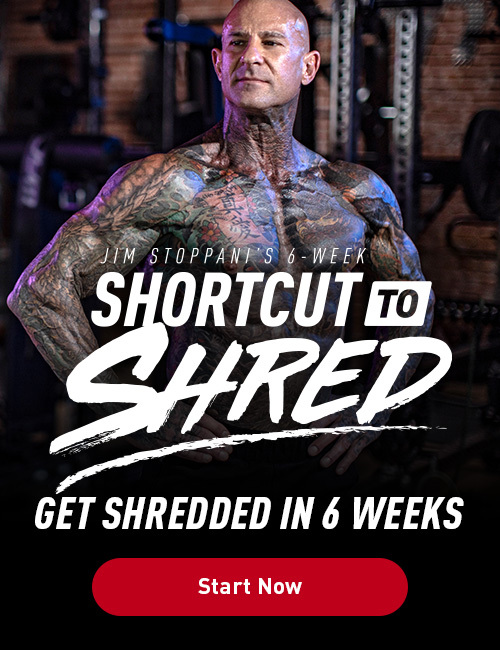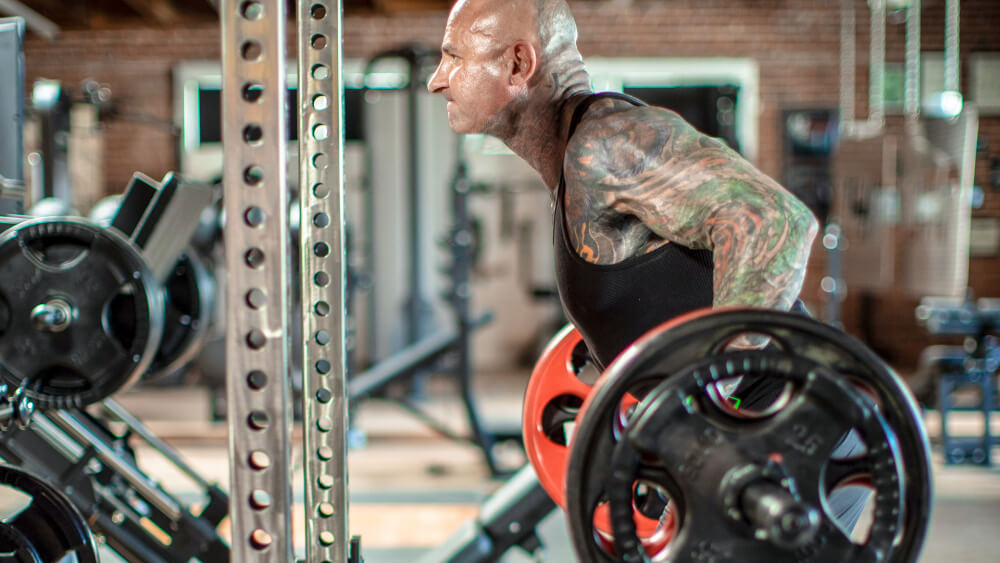Power Rows for a Bigger, Stronger Back
Step into a rack on back day. The barbell power row will help you build a stronger, thicker upper back that will carry over to all of your other lifts.

Step into a rack on back day. The barbell power row will help you build a stronger, thicker upper back that will carry over to all of your other lifts.

To simultaneously train for strength and size in the upper back, no exercise beats the bent-over barbell row. This multijoint move demands the involvement of a boatload of muscle groups, including the lats, traps, rhomboids, delts, biceps and forearms, just to name a few of the larger muscle groups that contract to heave a loaded barbell toward your midsection. Speaking of the midsection, bent-over rows are also great for developing core strength and stability.
One way to get even more back strength and mass from the barbell row is to do it in a power rack – a specific variation of the movement known as the barbell power row.
The major benefit of the power row is overload. Pausing between reps with the bar supported on the pins allows you to pull more weight – and heavier rows translate to a bigger, stronger back. Not only will this look impressive, but it also carries over into other lifts. Don’t be surprised if your bench press strength goes up after doing power rows consistently for a matter of months or even weeks.
The other benefit of the power row is back safety. Many lifters suffer from lower back pain and injuries, but power rows allow you to relieve much of the stress on the lower back due to your body mechanics during the row and the support from the pins.
One quick caveat worth mentioning: Using the pins in the power rack does limit the amount of stretch your lats get with this exercise. When adding power rows into your routine, be sure to also include other rowing exercises like standard barbell rows, dumbbell rows and/or seated cable rows to allow the lats to work through a fuller range of motion.
Here's a sample back routine incorporating the power row. Perform this workout on its own or with smaller bodyparts (ie, biceps, triceps and/or abs) trained after.
| Exercise | Sets | Reps |
|---|---|---|
| Pull-Up | 3 | 6-10 |
| Barbell Power Row (light weight; warm-up set) | 1 | 10-12 |
| Barbell Power Row (working sets) | 3 | 5-8 |
| Reverse-Grip Lat Pulldown | 3 | 8-10 |
| Seated Cable Row | 3 | 6-10 |
Related Articles